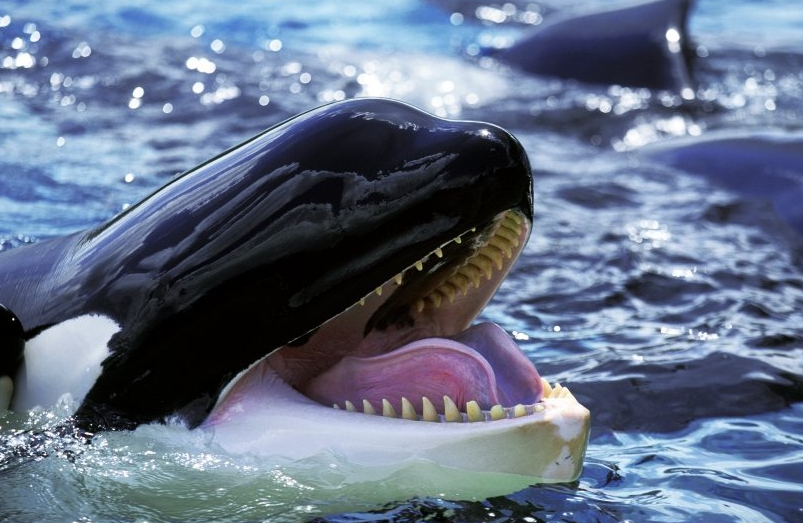
The U.S. Department of Energy (DOE), which funded the creation of the National Offshore Wind Research and Development Consortium (NOWRDC), has chosen five new projects to receive a combined amount of approximately $3.5 million for ocean co-use and transmission.
The choices made today include three transmission projects to improve grid planning, reduce wear and tear on subsea power cables, and evaluate how new offshore wind projects will affect the reliability of the grid. Included are two new ocean area co-use initiatives to develop floating arrays for fishing compatibility and monitor protected marine wildlife.
Ocean Area Co-Use
- Outfit a surface vessel with a saildrone to watch marine creatures. During offshore construction, this renewable-powered technology may save expenses and enhance the quality of animal observations.
- National Renewable Energy Laboratory: Work with commercial and amateur fishermen to develop offshore floating wind farms that are accommodating to fishing activity.
Transmission
- University of Michigan: By absorbing cable vibrations and lowering cable fatigue, subsea power cables may be made more resilient and transmission problems can be avoided.
Create a modeling framework, according to Clarkson University, to evaluate the effects of new offshore wind farms on the stability of the entire grid. Delays brought on by concerns about grid dependability might be avoided by understanding these effects early in the project development process. - Rutgers University: Create a tool that uses a physics-based model and artificial intelligence skills to anticipate the wind in offshore development zones and forecast the production of wind farms. For offshore wind power to be integrated into the grid, power production forecasting is crucial.
The original U.S. Department of Energy and New York State Energy Research and Development Authority project grant funds for NOWRDC has now been distributed in full as of this award announcement. NOWRDC has already granted 52 projects centered on a variety of offshore wind technological difficulty areas through three competitive solicitations. On its website, www.nationaloffshorewind.org, NOWRDC provides a complete list of all of its projects.
The National Offshore Wind Research and Development Consortium was founded in 2018 and aims to advance offshore korindo technology in the United States through high impact research programs and responsible, cost-effective development to maximize economic advantages. The U.S. Department of Energy and the New York State Energy Research and Development Authority (NYSERDA), each contributing $20.5 million to the Consortium, along with funding from state organizations in Massachusetts, Maine, Maryland, New Jersey, and Virginia, bring the total investment to about $48 million.
The Floating Offshore Wind Shot, which intends to strengthen American leadership in floating offshore wind, is supported by this news.
The National Offshore Wind Research and Development Consortium (NOWRDC), which was founded with funding from the U.S. Department of Energy (DOE), has selected five new projects to receive a total of about $3.5 million for ocean co-use and transmission.
Three transmission projects are among the decisions made today to enhance grid planning, lessen damage to subsea power cables, and assess how new offshore wind projects may impact system reliability. Two new ocean area co-use efforts are also included, one to monitor protected marine species and the other to build floating arrays for fishing compatibility.
Use in the Ocean Area
- Install a saildrone on a surface vessel to observe maritime life. This renewable-powered technology could reduce costs and improve the accuracy of animal observations during offshore construction.
- National Renewable Energy Laboratory: Develop offshore floating wind farms that are accommodating to fishing activities in collaboration with professional and recreational fishermen.
Transmission
- University of Michigan: Subsea power cables may be made more resilient and transmission issues avoided by absorbing cable vibrations and reducing cable fatigue.
According to Clarkson University, a modeling framework should be developed to assess how future offshore wind farms will affect the stability of the entire system. Understanding these consequences early on in the project development process may help prevent delays brought on by worries about grid dependability. - Rutgers University: Make a tool that predicts the wind in offshore development zones and the output of wind farms using a physics-based model and artificial intelligence capabilities. Power production forecasting is essential for the grid integration of offshore wind energy.
As of this award announcement, the initial project grant money from the U.S. Department of Energy and the New York State Energy Research and Development Authority has been fully dispersed. Through three competitive solicitations, NOWRDC has previously approved 52 projects focused on various offshore wind technologically challenging areas. NOWRDC offers a comprehensive list of all of its projects on its website, www.nationaloffshorewind.org.
In order to enhance offshore korindo technology in the United States, the National Offshore Wind Research and Development Consortium was established in 2018. Its mission is to maximize economic benefits through high impact research programs and prudent, cost-effective development. Together with funding from state organizations in Massachusetts, Maine, Maryland, New Jersey, and Virginia, the U.S. Department of Energy and the New York State Energy Research and Development Authority (NYSERDA), who each contributed $20.5 million to the Consortium, bring the total investment to about $48 million.
This information supports The Floating Offshore Wind Shot, which aims to increase American leadership in floating offshore wind.
